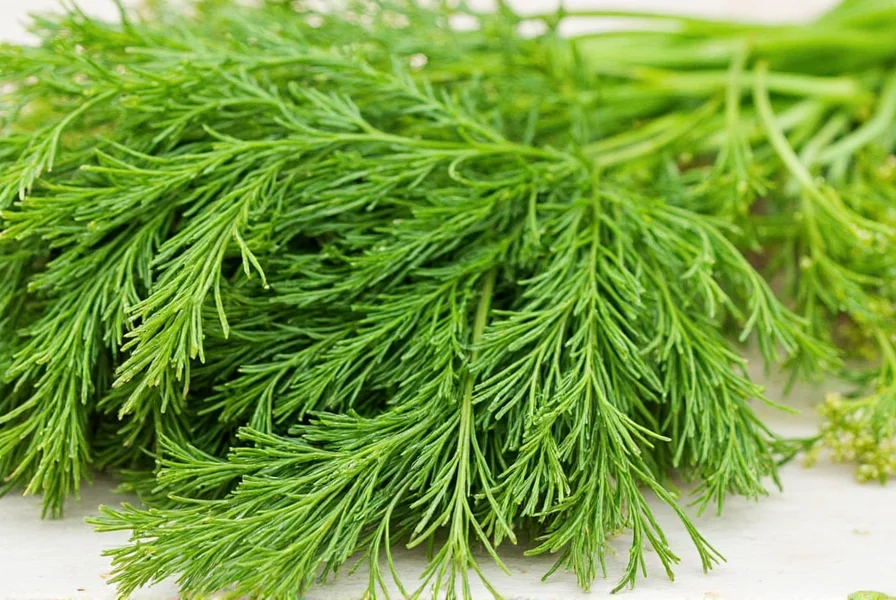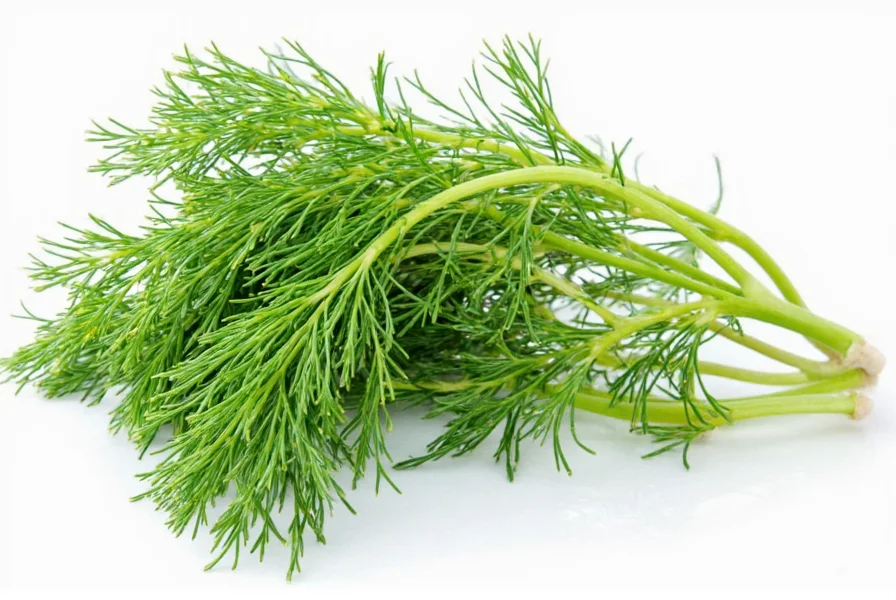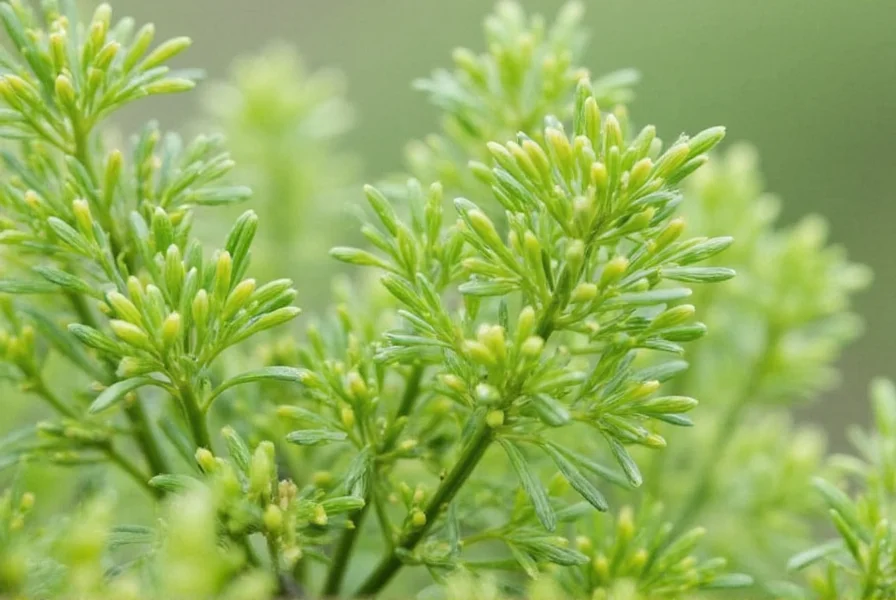Dill weed (Anethum graveolens) delivers a distinctive flavor profile that sets it apart from other culinary herbs. When you taste fresh dill weed, you'll first notice its vibrant green, grassy character reminiscent of young ferns, followed by bright lemon and orange citrus notes that dance on your palate. The finish reveals a subtle licorice-like sweetness similar to mild anise, but without the intense bitterness found in stronger herbs like fennel.
Fresh dill weed contains volatile oils including carvone and limonene that create its signature aroma and taste. These compounds give dill its characteristic freshness that works particularly well in dishes where you want herbaceous brightness without overwhelming pungency. Unlike many herbs that intensify when dried, dill weed's delicate flavor compounds diminish significantly in the drying process, which explains why fresh dill offers a noticeably brighter, more complex taste experience.
Fresh vs. Dried Dill Weed Flavor Comparison
| Characteristic | Fresh Dill Weed | Dried Dill Weed |
|---|---|---|
| Primary Flavor Notes | Bright citrus, grassy, subtle anise | Muted citrus, earthy, faint anise |
| Intensity | Strong, vibrant, complex | Much milder, one-dimensional |
| Culinary Best Use | Add at end of cooking or raw applications | Add early in cooking process |
| Flavor Longevity | Diminishes quickly with heat | More stable during cooking |
Understanding what does fresh dill weed taste like requires recognizing how its flavor interacts with different ingredients. When combined with dairy products like sour cream or yogurt, dill's citrus notes become more pronounced while the slight bitterness mellows. In fish dishes, particularly salmon or trout, dill's grassy freshness cuts through richness while complementing natural oils. The herb's mild anise quality makes it surprisingly versatile with both sweet and savory applications—try it in cucumber salads, potato salads, or even in some fruit-based salsas where its citrus notes enhance tropical flavors.
Many home cooks wonder how does dill weed compare to dill seed since they come from the same plant. While dill weed refers to the feathery leaves, dill seed comes from the plant's fruit. Dill seed has a much stronger, more pungent flavor with pronounced caraway-like notes and significantly more bitterness. The seed contains higher concentrations of essential oils, making it better suited for pickling and breads where its robust flavor can stand up to long cooking times. When substituting one for the other, use about three times more dill weed than seed to achieve comparable flavor intensity.
For those exploring dill weed flavor profile in cooking applications, consider these professional chef recommendations:
- Add fresh dill weed during the last 2-3 minutes of cooking to preserve its delicate flavor compounds
- Pair with lemon juice to amplify its natural citrus notes
- Combine with parsley and chives for a balanced herbal trio in compound butters
- Use in cold dishes like tzatziki or borscht where its freshness remains prominent
- Avoid high-heat applications that will cause dill's volatile oils to evaporate
When evaluating what does dill weed taste like compared to similar herbs, note these distinctions:
Fennel fronds share dill's anise quality but with a stronger licorice flavor and less citrus. Tarragon has a similar anise note but with more pronounced vanilla undertones and less grassiness. Dill's unique combination of grassy freshness with bright citrus makes it irreplaceable in traditional Scandinavian gravlax, Russian borscht, and Greek tzatziki. Understanding these subtle differences helps home cooks make informed substitutions when dill isn't available.

If you're wondering does dill weed taste bitter, the answer depends on freshness and preparation. Perfectly fresh dill has only a mild, pleasant bitterness that enhances rather than dominates. However, as dill ages or gets exposed to heat, bitterness increases significantly. To minimize bitterness, always use dill that's bright green (not yellowing), store it properly wrapped in a damp paper towel in the refrigerator, and add it late in the cooking process.
For gardeners curious about when does dill weed taste best, harvest in the morning after the dew has dried but before the sun becomes intense. The plant's essential oils peak just before flowering, so harvest dill weed when the plant is about 12-18 inches tall but before it bolts. This timing captures the most vibrant flavor profile with optimal balance between grassy freshness and citrus notes.












 浙公网安备
33010002000092号
浙公网安备
33010002000092号 浙B2-20120091-4
浙B2-20120091-4